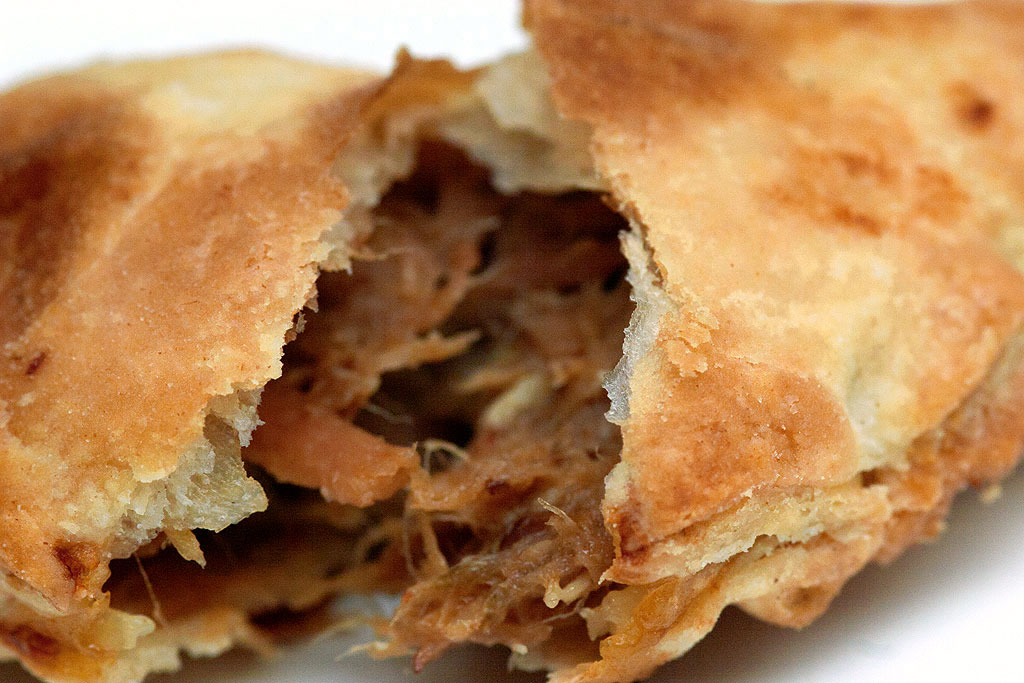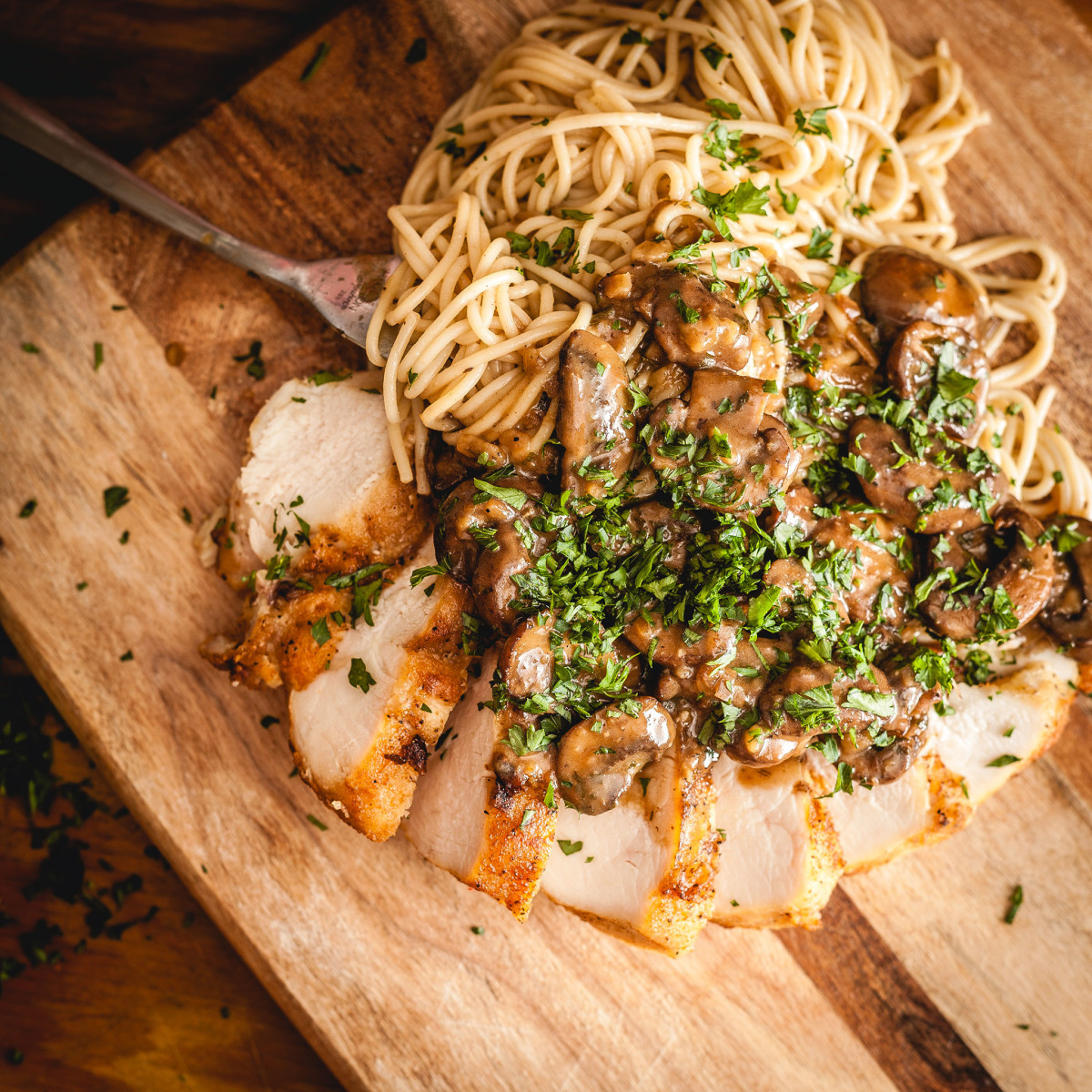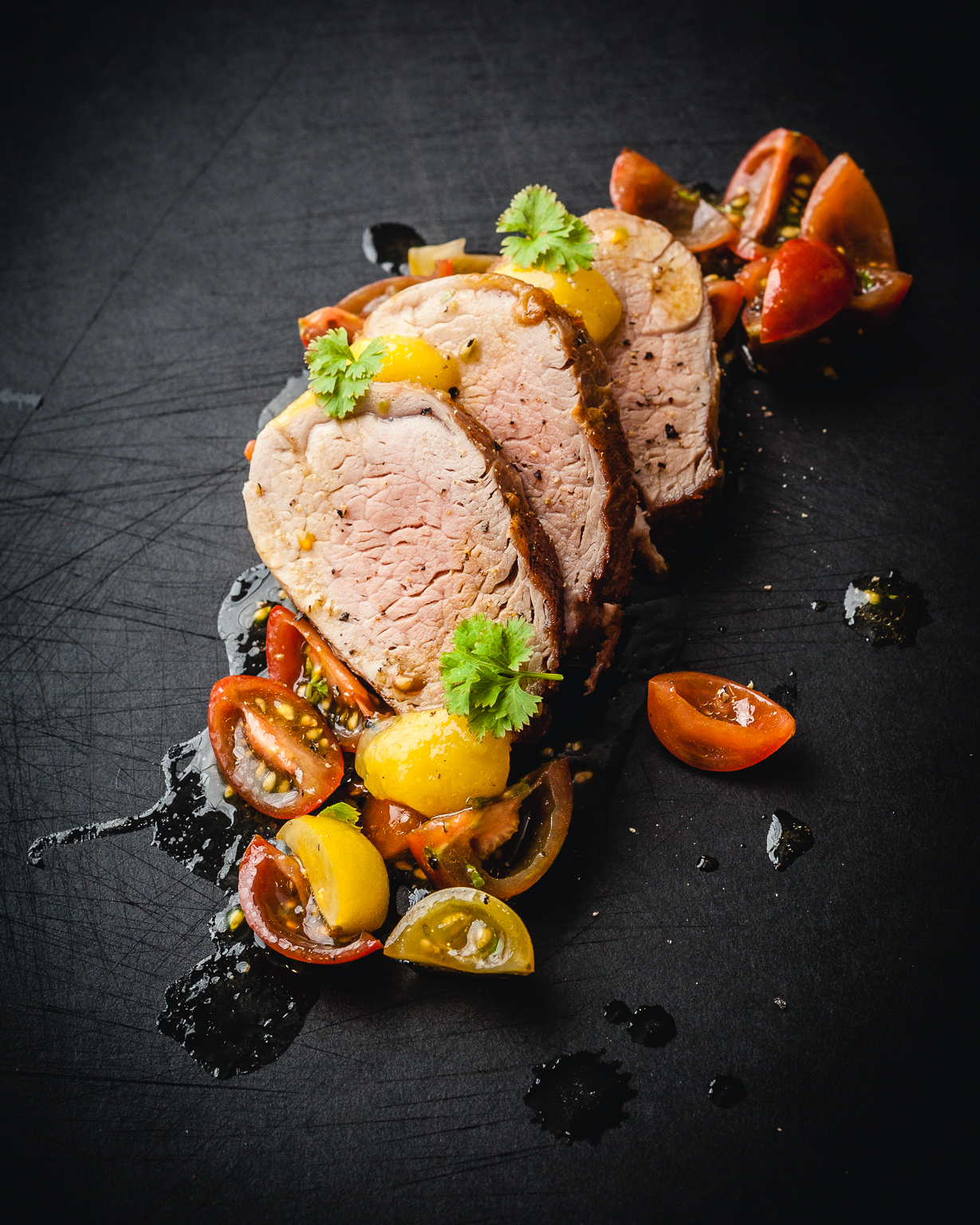This is one extremely versatile dough anyone serious about baking and cooking should learn.
Some examples of traditional pastry doughs:
Pate Brisee or Pie crust:
300 flour
200g butter, very cold
60g-80g cold water
1/ tsp salt
1/2 tsp sugar
Feuilletage Rapide or Classique, the famous puff pastry in both versions:
500g flour
500g butter
250g cold water
1 tsp salt
Very similar, in the process of making Pate Brisee today I actually had flashbacks of when I made Pate Feuilletage. Cold butter, cold water, cold cold cold, even the results are somewhat similar. The main difference being the crumb qualities and the puff amount. The pie crust does puff a bit too, it should, it has layered butter in it, but in a much less proportion. It also has a lot less butter. Incredible versatile, just like puff pastry, but much quicker to make, from pies, to tarts to crusts to empanadas… endless yumminess. Let’s break it down:
In terms of a simple way to remember how to do this the first thing to do… forget measuring by volume… cups mean nothing… how much does a cup of flour weight? exactly… nobody knows… but 250 grams of flour will always be 250 grams of flour. I’m gonna express Pate Brisee in terms of baker’s percentages, here is all I need to remember.
100% flour
70% chilled butter
20% chilled water
Then the sugar and salt, this could still be expressed in weight units and although a bit impractical for the home cook, is pretty useful when making larger batches of dough. To simplify it a bit, I can relate the amount of sugar and salt for every 100 grams of flour.
Sugar or salt, roughly 1/3 of a tsp every 100 grams of flour… of each, unless you want to bias the flavor to a sweeter application, in which case you could go higher on the sugar and go a 1/3 of a tbsp every 100 grams of flour keeping the salt to a 1/3 of a tsp.
The Pate Feuilletage percentages would look something like this: (since we’re already here talking about it)
100% flour
100% chilled butter
50% chilled water
Sugar can be left out. 1 tsp of salt every 500g of flour. That is very little salt!
Important note about water:
Water will be absorbed differently by different flour brands, how old they are, different weather conditions, etc. Making water addition to the dough a real hassle. In order to add the appropriate amount of water to the dough, introduce only half the amount needed and then add spoons of it until dough reaches the right consistency… yes, here is where trying and messing up, and trying again comes into play. Experience will become critical like in anything else.
In a nutshell, brisee is dryer and less buttery than feuillitage dough.
…
Ok, back to making Pie Crust!
Measure the final amount of flour on a scale, add salt and sugar, mix well:

I worked with frozen butter because doesnt get any colder than that. Cut the butter in 1/3 inch cubes:

To really work well with chilled butter, use flour to dust the cubes so they remain loose and it is very easy to handle.

Place cubes of butter in the bowl with the flour:

Some use proper tools, I only have a potato masher, bring it:

This is hard work, incorporating the butter into the flour, serious hard work, but it pays off, stay focused, takes about 10 mins maybe less, the butter cubes should start to break into smaller chunks, and NOT MELT. If kitchen too warm a trip or two to the freezer might be needed:

Most butter chunks are the size of peas, but there’s a range of them, some bigger, some smaller, its all good:

Add the water until the the mix comes together. KNEAD AS LITTLE AS POSSIBLE. Combining the ingredients only enough. A rustic finish is ok… chunks of butter here and there, its all good. Be careful not to over-water it too. The dough should be a compact dense mass, with a slightly sticky surface, but nothing that couldn’t be fixed with adding a little more flour:

Here is the dough ball ready to be wrapped in plastic wrap:

And here is wrapped:

Place in fridge for about an hour, and then it is ready to be rolled out and be used as needed. It will stay a week in the fridge and several weeks in the freezer.
Done!
Wanna get more sous-vide cooking guides and cool cooking how-to’s in your mailbox? You know what needs to be done!
We never spam. You should only be getting updates when new content is posted on the site. We also respect your privacy. We don’t share your email address with anyone and you can unsubscribe anytime!





3 comments